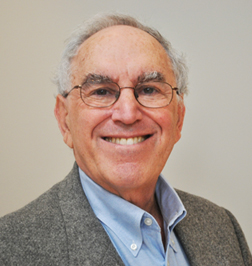Francesca Cheung, MD CCFP, is a family physician with a special interest in dermatology. She received the Diploma in Practical Dermatology from the Department of Dermatology at Cardiff University in Wales, UK. She is practising at the Lynde Centre for Dermatology in Markham, Ontario and works closely with Dr. Charles Lynde, MD FRCPC, an experienced dermatologist. In addition to providing direct patient care, she acts as a sub-investigator in multiple clinical studies involving psoriasis, onychomycosis, and acne.
Abstract
Hairy tongue, or known as lingua villosa, is a result of hypertrophy, elongation, and defective desquamation of the filiform papillae of the tongue. This condition may present in a variety of colors depending on the specific etiology. Etiologies of hairy tongue include poor oral hygiene, lack of mechanical stimulation and debridement of the tongue, the use of medications (especially broad-spectrum antibiotics), and therapeutic radiation of the head and the neck. This condition is also commonly seen in people having high consumption in coffee and tea, heavy use of tobacco, individuals addicted to drugs, patients who are HIV positive, and intravenous drug users. In most cases, non-pharmacologic interventions are used for the management of hairy tongue. Treatment involves brushing the tongue with a toothbrush or using a commercially available tongue scraper to retard the growth or to remove elongated filiform papillae. If Candida albicans is present, topical antifungal medications are used for patients who are symptomatic.
Key Words: Hairy tongue, Lingua villosa, Glossopyrosis, Halitosis.

 Michael Gordon, MD, MSc, FRCPC, Medical Program Director, Palliative Care, Baycrest Geriatric Health Care System, Professor of Medicine, University of Toronto, Toronto, ON.
Michael Gordon, MD, MSc, FRCPC, Medical Program Director, Palliative Care, Baycrest Geriatric Health Care System, Professor of Medicine, University of Toronto, Toronto, ON.